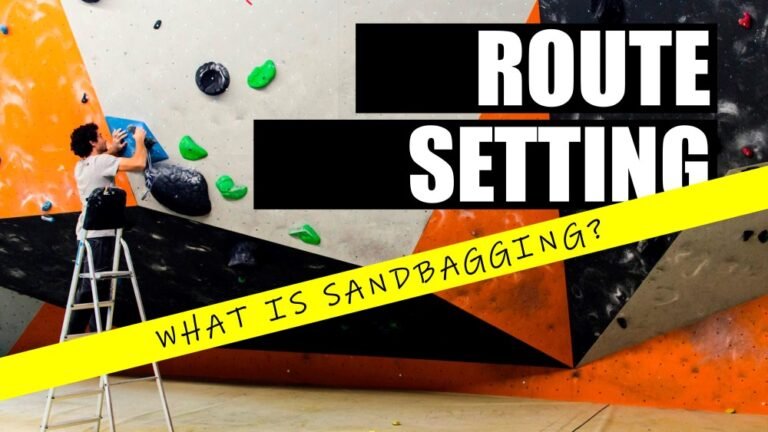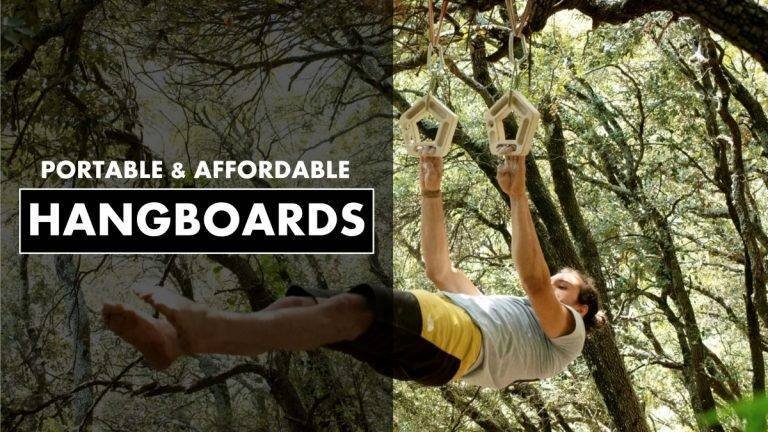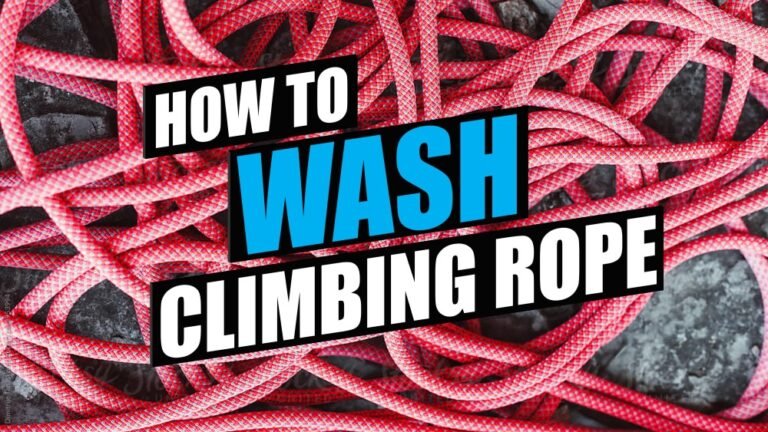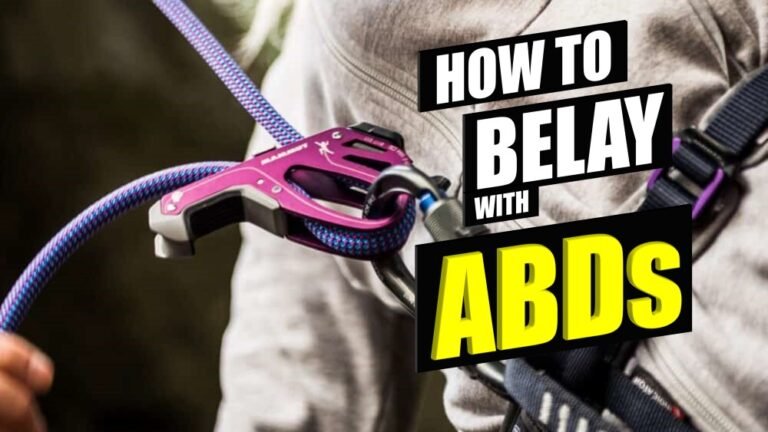Belaying – How would you like it slack or tight?
The age-old question when it comes to belaying. How much slack should you give? There is no right answer to this because different climbers have different preferences. But I notice for climbers the amount of slack is directly correlated to the experience and the difficulty of the route. For belayers, the amount of slack to give is directly correlated to how much confidence he or she has in the climber.
Newbie climbers
New and inexperienced climbers like it tight. The tighter the better until they want the belayer to miraculously payout instant slack just long enough to clip into the draws and then instant tight on the rope. Of course, there are some statistical outliers. Where some newbie climbers are exceptionally good or they just simply forgot they were on lead and did not clip in at all. Not knowing how good your belayer is coupled with a lack of experience in lead falls can lead to a heightened sense of fear. Panic doesn’t help thus having a tighter rope can give a newbie climber a sense of comfort.
Experience climbers
Experience climbers love slack (sufficient slack that does not post any restriction to movement just to clarify). The joy of climbing without restriction from the rope is fantastic. It is almost like free soloing minus the risk of falling to your death. Experience climbers hate tight belay. Climbers are a very mellow bunch. But if your tight belay causes the climber his or her onsight attempt relationship can break down. Foul words can be heard and your reputation as a belayer can be tarnished. There are advantages of being a “lousy” belayer as you can climb as much as you want without any belaying duties because no one will ask you for a belay.
The problem with some experienced climbers is their lack of er… safety. If you had been climbing with the same group of people for so long, you thought you were all telepathic. The belayer knows how much slack to give because he knows the climber won’t fall and the climber knows how much slack he got so he knows he better not fall. And all is well, a smooth ascend without a tug of war with the belayer.
The difficulty of the route
No experienced climbers want to tug on the rope when they want to clip in. The worst thing is insufficient slack just millimetres from clipping into the draw. But no matter how good and experienced a climber is he will face routes that are so exposed and dicey that even the very experienced will find their feet trembling, and secretly calling for their mum. This is when the climber won’t be concerned about having a tight belay because the thought of on-sighting the route has long gone.


So how much slack is the right amount?
By now, you should know there isn’t a right answer to this question. It all depends on the climber and the situation the climber is in. But there is a general safety that all belayers should adhere to no matter how experienced you are.
The correct practice is as follows
- Ensure you have sufficient slack between you and the climber to clip into the first draw
- Do your standard checks and communication
- Spot your climber before the first draw is clipped in
- Once clipped in, take in the excess slack because the climber is still pretty close to the ground
- After the 2nd and 3rd draw had been clipped you can pay out more slack
- Always maintain some slack in the system. Adjust by taking in or feeding out and by moving towards or away from the wall
The most dangerous time is when the climber is close to the ground at the first 2 to 3 draws. The higher the climber goes the safer he is hence having slightly more slack in the system is fine especially outdoors. If the route is high and zig-zags upwards rope drag can be an issue. The key to a great belay is to enable climbers to clip in smoothly and give the climber a soft catch when he falls. A tight belay will make clipping draws hard and cause your climber to swing hard inwards to the wall when he falls which may lead to injury.
Conclusion
Not all belaytionship works out. There will be arguments and broken hearts. Some will end up without a partner. But it is okay because you can always improve your belaying technique and find a new climbing partner. Yes, there are many potential climbing partners in a gym but please don’t piss them off with unacceptable belaying techniques.
Related Articles











